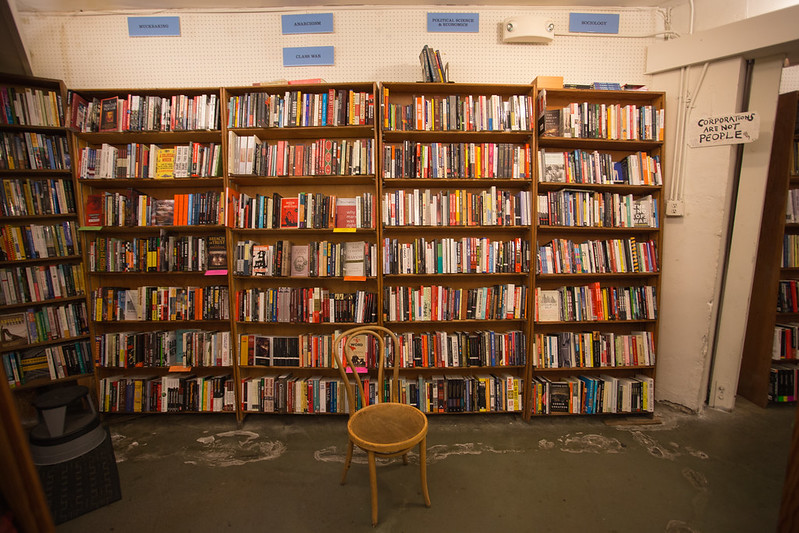At the end of this process, I plan on writing one blog post putting together the various things I’ve learned to date about self-publishing. I will still have lots to learn of course! Here are some current pearls about the actual process.
1 Proof copies
Do order a proof copy of your paperback, and order it as early as possible: it was great to see my book, Keepers, as it would look to a buyer, but it was obvious there were some small formatting changes I wanted to make. I’m very lucky in that my (ever patient) husband is my formatter so we can work through it in real time, and we generally (!) agree where the changes need to be made. Now we’ve ordered a second proof before asking for author copies. That process fell foul of some hiccough in KDP but we got it sorted. With an early April release date, I still have time to get hard copies into reviewer’s hands where needed.
And, I will have hard copies to give out as prizes for my Feb newsletter competition – sign up on my home page here to be in the running!
2. Steal formatting from the best
Steal happily from other books in regard to formatting: I chose a Margaret Atwood book the same size and genre as mine (don’t mind me, comparing myself with the great MA!) and copied certain style elements and layout from it. Aim for a highly professional look, including laying out acknowledgements, about the author and so on.

3. Distribution platforms
Explore and sign up to distribution platforms in good time. As well as Amazon, paperback and kindle, I’m distributing on Draft2Digital (D2D) for Keepers. It’s a user-friendly site and I found the video tutorials easy to follow. I also discovered that D2D does paperbacks, so that’s another path as well as Amazon to give hard copies more reach. D2D also provides you with free mobi (for kindle) and epub versions of your book, and offer to format it for you. Their business model is a percentage of sales so no upfront costs.
4. Pricing – and in different markets
This is an interesting one. Both Amazon and D2D allow you to either use their automated pricing structure for different markets or choose you own. So I had a roam around different countries and discovered that a) pricing varies within a market significantly and b) the automated pricing can be a little off, eg in Australia kindle books appear to be higher priced than the automated pricing would lead you to. So pick a number somewhere in the range for each market – and for Amazon be aware too of minimum pricing to make your book available for libraries, subscription services and book retailers in the US.
5. ARCs
No, nothing to do with geometry – but Ahead Review Copies. Line these up early, find out who’s happy with an ebook and who really needs a paperback, and aim to get them out as soon as you can. Let them know your planned publication date and what platforms you would like reviews on, and follow up a week or so before that date to make sure they’ve read the book.
As I posted earlier, Story Origin will help you get to reviewers * whether this is for a new book or existing ones. I’m signed up but haven’t made the jump yet as am waiting on my cover release in my 12 Feb newsletter.
Of course, the BIG THING which will help your book to sell is how to market it – and that’s where I’m very much a beginner!
* UPDATE: no, they don’t – they offer a process to help you easily get your book into those reviewers you yourself have found. Same with BookFunnel. BookSprout however, does have a database of reviewers, so you can try there.
I didn’t order a proof copy and people had my book before I did! I am definitely having proof copies from now on